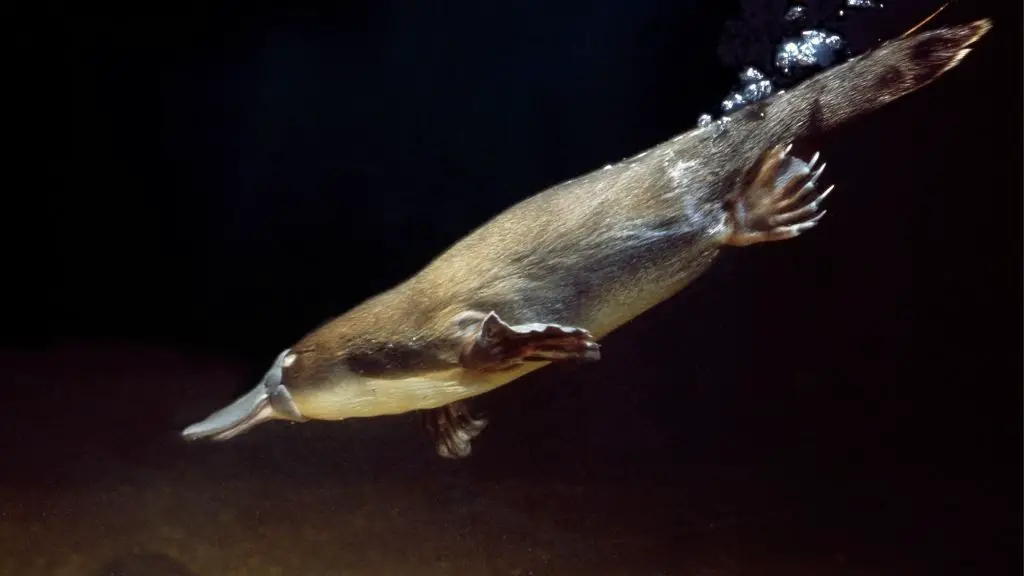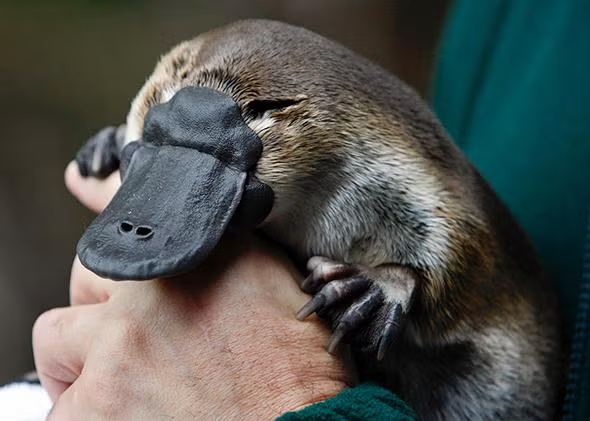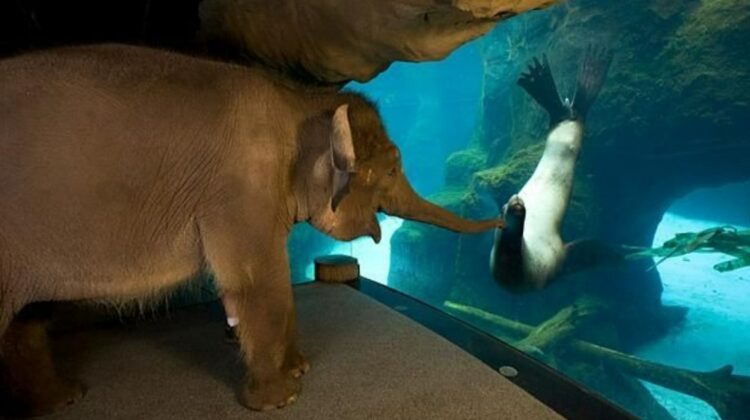The Platypus: Nature’s Strangest Creature with Astonishing Features
The platypus is often hailed as one of the most peculiar animals on the planet. With its bizarre mix of traits—duck-billed, beaver-tailed, otter-footed, and egg-laying—this unique mammal defies the rules of biology. Native to Australia, the platypus is full of surprises, from its venomous spur to its ability to glow under UV light. Let’s dive into the fascinating world of the platypus and explore what makes this creature so extraordinary.
1. A Mammal That Lays Eggs: Breaking the Rules of Evolution
The platypus is one of only five existing species of monotremes, the only group of egg-laying mammals. While most mammals give birth to live young, the female platypus lays eggs and incubates them by curling her body around them. Once hatched, the babies are fed with milk secreted through the mother’s skin, as platypuses lack nipples. This rare reproductive method sets the platypus apart from nearly all other mammals.

2. Electroreception: Hunting with Electric Sensors
One of the platypus’s most remarkable features is its electroreception ability. Its bill is equipped with thousands of electroreceptors that allow it to detect the electric fields generated by the movements of its prey, such as shrimp, insects, and small fish. This ability gives the platypus a hunting advantage, especially when foraging in murky waters where vision and smell are limited. It hunts with its eyes, ears, and nostrils closed, relying solely on these electric signals to locate food.
3. A Venomous Mammal: Beware of the Spur
Unlike most mammals, male platypuses have venomous spurs on their hind legs. During the breeding season, they can deliver a painful sting capable of paralyzing small animals and inflicting severe pain on humans. While not lethal to humans, the venom is potent enough to cause extreme swelling and discomfort, lasting for weeks. This rare trait adds to the platypus’s already unusual status in the animal kingdom.
4. No Stomach? No Problem!
The platypus lacks a true stomach—a feature that’s unheard of in most vertebrates. Instead of storing and breaking down food in a stomach, the platypus’s esophagus is directly connected to its intestines. This unique digestive system is adapted to its diet of aquatic invertebrates, which are ground up by gravel the platypus collects in its bill along with its prey.
5. Chromosomal Oddity: The Platypus Has 10 Sex Chromosomes
The platypus has a total of 10 sex chromosomes, unlike humans who have just two (X and Y). In platypuses, there are five pairs of sex chromosomes that determine the animal’s gender. This genetic anomaly is unlike anything seen in other mammals, making the platypus a subject of ongoing genetic research.

6. Fluorescent Fur: A Glow in the Dark Surprise
Adding to its list of peculiar traits, the platypus glows under ultraviolet (UV) light. Its fur emits a blue-green fluorescence, a phenomenon that remains a mystery to scientists. This trait could play a role in camouflage, communication, or other unknown ecological functions. Fluorescent fur is exceptionally rare among mammals, further cementing the platypus’s status as one of nature’s most bizarre animals.
7. Eyes with Double Cones: Enhanced Vision Underwater
Platypus eyes contain double cones, a feature that provides enhanced vision compared to most mammals. These specialized cells are thought to aid in processing light in aquatic environments, although the platypus primarily relies on its electroreceptors to hunt. Their eyes are most effective in low light conditions, giving them an edge when navigating murky waters.
Final Thoughts
The platypus is a living testament to the wonders of evolution, blending traits from various animal groups into a single, extraordinary creature. Its combination of mammalian, reptilian, and avian features makes it a scientific marvel and a symbol of nature’s ability to break the rules.
From its electroreceptive hunting skills to its venomous spur, the platypus challenges our understanding of what it means to be a mammal. This remarkable animal is more than just an oddity; it’s a fascinating reminder of the incredible diversity of life on Earth.






